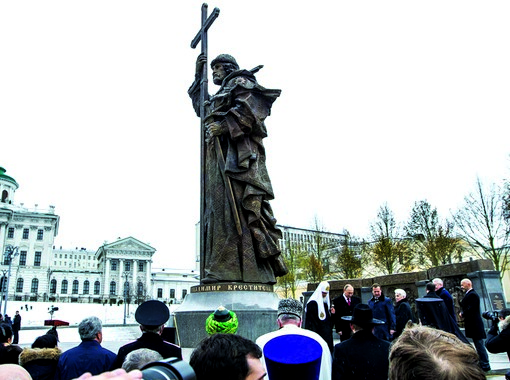
The Borovitsky Hill in Moscow, also known as the Kremlin Hill, is arguably the best-known and the most impressive site in the city.
On one side stands the magnificent Pashkov House, Moscow’s leading classical mansion of the late 18th century. On the other side are the Kremlin wall, the Grand Stone Bridge, and the esplanade with its view of the famous House on the Embankment built especially for the first Soviet ruling elite in the late 1920s. Lining the third side, the old wide streets lead outward to Moscow boulevards.
During the 20th century, plans to put a monument on the Borovitsky Hill failed two times. The first was a monument to the victory in World War II, known in Russia as the Great Patriotic War. The second was a statue of Lenin. This time, things are different. On November 4, 2016, President Vladimir Putin, Patriarch Kirill of the Russian Orthodox Church, and other officials personally unveiled a monument to Prince Vladimir on the Hill.
Prince Vladimir has become the hero of Russia’s so-called “official conservatism.” Ruling in the late 10th and early 11th centuries, Vladimir baptized the ancient Kievan Rus in 988 A.D. and delivered Orthodoxy to the country. His rise as the new ideological icon of modern Russia stems from Crimea’s reunification with Russia and the conflict with Ukraine. According to legend, Prince Vladimir was baptized in Korsun, the Russian name for the Ancient Greek town of Chersonesos on the Crimean coast.
Initially, the statue was a project of national pride. The greatest monument to Vladimir, by Peter Clodt, stands in Kiev, the historical capital of the Kievan Rus. This fact is a sore point for many in Russia today.
Planners envisioned that the Moscow monument to Vladimir would stand higher and grander than its Kiev counterpart on a similar scenic overlook – namely the Sparrow Hill, another beautiful part of the Russian capital over the Moscow river. The original plan called for Vladimir to be mounted on a horse, but scaled to match the iconic statue of Christ the Redeemer overlooking Rio de Janeiro.
According to rumors, Bishop Tikhon, President Putin’s confessor and an ideologue of the Russian Orthodox Church, was the driving force behind the monument. A design competition was announced. Anonymous Russian donors collected 100 million roubles to fund the project. When the contest was said and done, however, the winner surprised no one. Salavat Shcherbakov, a sculptor much favored by Russian government bodies, presented two possible versions: Vladimir standing or mounted on a horse.
A handsome man with blue eyes and a well-groomed gray beard, Mr. Shcherbakov is possibly the luckiest sculptor in Russia. He has a habit of winning the most important state competitions to produce monuments. Now, three of his monuments – Patriarch Hermogenes, Emperor Alexander III, and his current project of Prince Vladimir – stand near the Kremlin walls. President Putin personally attended the unveiling ceremonies of the master’s works.
Mr. Shcherbakov himself considers Prince Vladimir a uniting force and a leader untarnished by any controversies surrounding many of his later imperial and Soviet counterparts. “For Russian patriots, Vladimir is an unambiguous, universal figure,” he told The Moscow Times. “Peter I, Stalin, Lenin, and Ivan the Terrible – opinions differ regarding all of them. There is no question regarding Prince Vladimir. But it is not so straightforward for those who see a stronger Russia as a threat.”
In designing his sculpture of Vladimir, Mr. Shcherbakov relied on the only known likeness of the prince: a medieval coin minted during his lifetime that is now stored in the Kremlin museum. He says the Patriarch and Bishop Tikhon also helped him present Vladimir as the Russian Orthodox Church sees him and even offered guidance on designing the sculpture.
“We wanted Prince Vladimir to peer at us through the intervening 1,000 years,” Mr. Shcherbakov said. “We live in the country he founded and on the spiritual basis of the Gospel he adopted. Thanks to him, we overcame the Horde and all the difficulties and the climate,” he said.
Mr. Shcherbakov’s star is only rising. Besides his Prince Vladimir monument, the sculptor recently won a competition to install stone memorial plaques in Russia’s 40 World War II “cities of military glory.” It is a huge project commanding major recognition, akin to the honor of producing a series of Lenin monuments during the Soviet era. The “Great Victory” in World War II is the main ideological pillar of modern Russia. Mr. Shcherbakov works capture the zeitgeist of the moment, combining the theme of war against all possible enemies with the growing religiosity of the country. Both of these themes carry enormous ideological significance. Mr. Shcherbakov also created the controversial “Polite Man with Kalashnikov, Girl, and Cat” monument that was recently unveiled in Sevastopol.
But when the Moscow authorities chose his design for the monument to Prince Vladimir and decided to erect it on Sparrow Hills, Mr. Shcherbakov anticipated only glory and honor, not resistance. Instead, local citizens, environmental activists, and even some officials spoke out against the new construction.
The authorities usually take little note of such protests, but this time they decided to concede. The plan to place the grandiose monument on the Sparrow Hills was annulled, ostensibly because of a simple, technical reason. The authorities said they discovered that the limestone soil would not support the weight of the enormous structure, and the statue would fall into the Moscow River, dragging the hill with it.
Mr. Shcherbakov did not believe that explanation for a second. He feels an important battleground was lost to ideological opponents. “We realized that we were in the epicenter of a struggle,” he said. “It was a clash of worldviews, a global confrontation, and not simply a whim: “Oh, we don’t want it here because this is where we walk our dogs.” The soil is not the problem. After all, our engineers build bridges and skyscrapers and place foundation supports on the seabed.” “Sure, it might slip a couple of centimeters in 100 years, but that’s not serious,” he said.
Following an online poll, the authorities concluded that the Borovitsky Hill near the Kremlin wall and President Putin’s working residence was a better choice. After all, it seemed a choice natural enough.
The only barrier to the authorities was UNESCO due to the fact that the Borovitsky Hill is part of a World Heritage Site. As a result, the 25-meter project was scaled down to a 17.7-meter project.
Only a few hundred meters from the monument to Prince Vladimir sits a huge monument to Peter the Great, designed by Zurab Tsereteli, court sculptor to former Moscow Mayor Yury Luzhkov. The Moscow public initially did not like that monument, primarily because of its size. Later, they grew accustomed to it. Perhaps, in time, the people will also grow accustomed to Prince Vladimir.


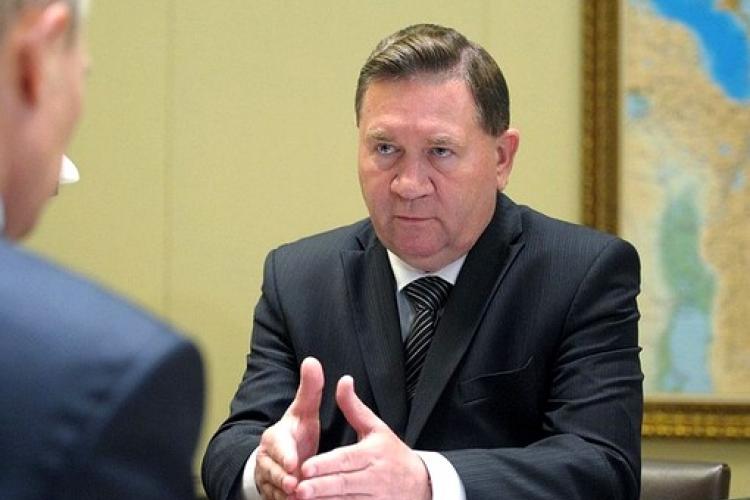
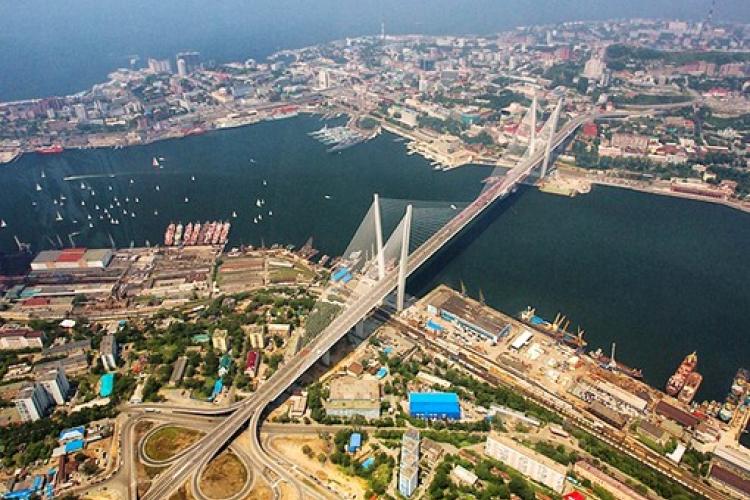
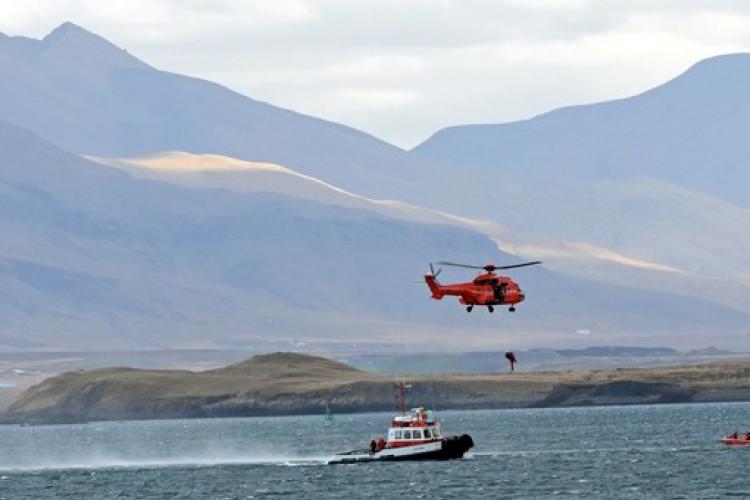
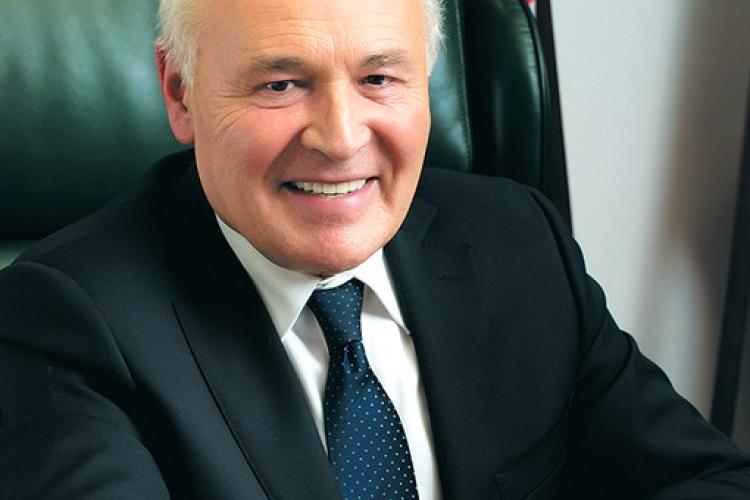
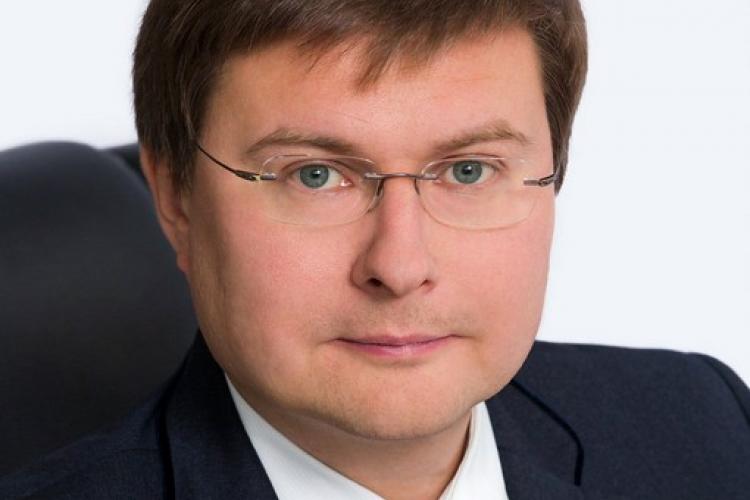
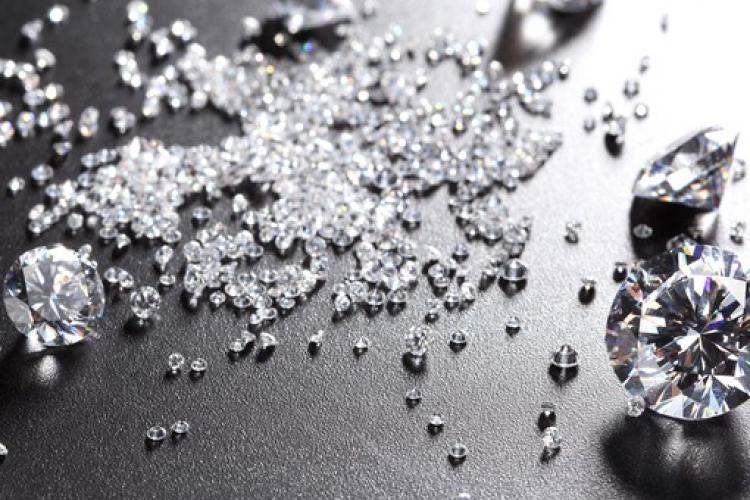

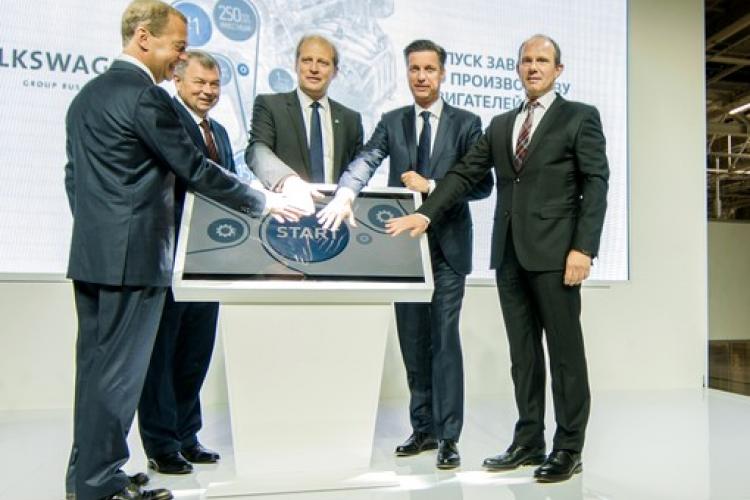
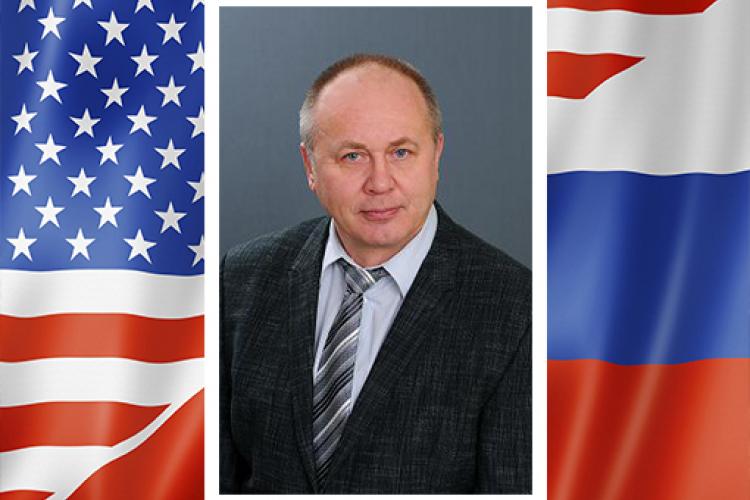

Leave a comment